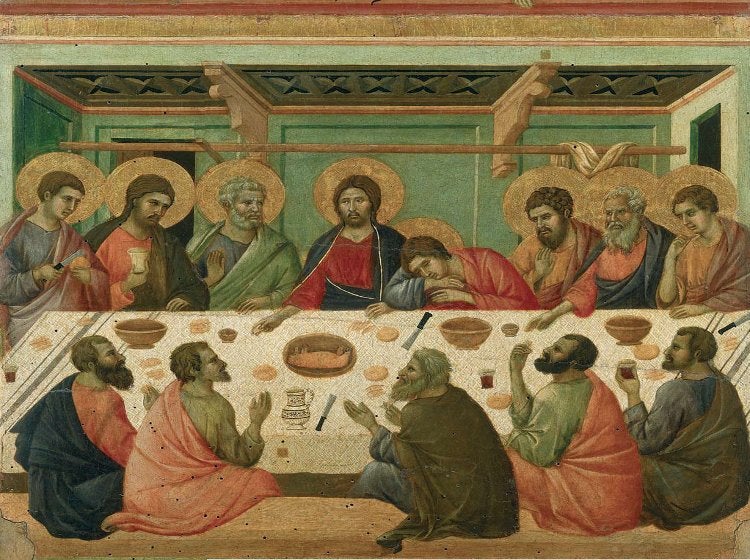
John Varriano
Wine: A Cultural History
Published by Reaktion Books $29 / £19.95
Reviewed by Stuart Walton
Periodically, NASA sends into space one of those message-ina- bottle capsules that contains a range of items representing the cultural attainments of the human race. In the 1970s, they sent up a vinyl record that contained a selection of music from Bach to Chuck Berry, introduced by President Jimmy Carter, the idea being that when it is finally intercepted by an alien civilization, it will offer a concise summary of what we’ve achieved, from the Goldberg Variations to “Maybellene.”
None of these cultural bottles, as far as I’m aware, has ever included an actual bottle of something, but if it did, there really is only one candidate as to what it ought to contain, as this new book from art historian John Varriano reminds us. Wine has accompanied the human story since at least the onset of the Neolithic era and almost certainly, if non-systematically, predates that.
The book accompanies an exhibition titled “Wine and Spirit: Rituals, Remedies, and Revelry” (at the Memorial Art Gallery of the University of Rochester, New York, to April 10, 2011). As such, it represents an attempt to pour an overflowing quart into the proverbial pint pot – but an impressive one at that. Many books claim to be a “cultural history” of one phenomenon or another, but this one genuinely is, selectively tracing the representations of wine and drinking through the visual arts and literature of succeeding eras, as well as situating it in the variant spiritual traditions of the West.
A further instructive thread follows the role that wine has played in medicine, from the materia medica of Galen and Hippocrates, in which it sterilizes wounds, rebalances the bodily humors, and sustains the soul, to the pharmacopoeias of modernity. Wine remained in the national formularies of the United States until the eve of Prohibition and in southern Europe until the 1960s, and barely had it officially disappeared from them before all the talk was of antioxidants and cardiac health.
To a greater degree even than solid food, however, wine has permeated the roots of what it means to be human, for the reason that it has offered both corporeal sustenance and psychic transformation. It doesn’t just taste good; it feels good. Its combined nutritional and intoxicant functions, always more dramatic than grain brews such as beer, implicated it from the earliest dates in what Varriano identifies as the carpe diem philosophy.
“Drink it, and cheer your heart, and banish care / A load of wine will lighten your despair,” advises the 6th-century Greek poet Theognis of Megara, having just assured his audience that by tomorrow they will have crumbled into the earth and the next generation taken their place. Variations of this advice, together with memento mori depictions of rattling skeletons, appear on tomb reliefs and drinking vessels of the classical eras, and wine appears among the blessings that the Hebrew God has bestowed on humanity, its role, as the Psalmist has it, to “gladden the heart” in the midst of the Gehenna of suffering and tears in which He has apparently marooned us.

Judith Leyster, The Last Drop (c.1639; oil on canvas); Philadelphia Museum of Art, Pennsylvania (John G Johnson Collection, 1917) Photography © and courtesy of The Philadelphia Museum of Art / Art Resource, NY
Even the Christian Reformation isn’t quite as forbidding on the subject of wine as popular perception has tended to imagine. Luther himself, in an impeccable piece of dialectical logic, suggested in a letter of 1530 that getting drunk was a most effective means of preventing the Devil from persuading us to be “scrupulous about trifles.” Defiant intoxication points the way to getting spiritual matters into perspective by erasing the fear of an overactive conscience.
As the centuries passed, however, the productive ambiguities of wine and drunkenness solidified into a much less pliable moral binarism. By the time of the English Civil War, drinking had become either wholly bad, the noxious fuel of radicalism during the Interregnum, or patriotically good, in the tones of the drinking songs that would celebrate the Restoration. These entrenched simplistic positions were to return with a vengeance at the inception of the Temperance movements in the early 19th century. Varriano offers the merest outline of a richly suggestive argument about the metamorphosis of wine representation in French painting of the latter part of that century, in which the cheering convivium of Daumier’s tippling proletarians, Manet’s picnickers, and Renoir’s boating parties give place to the maudlin, defeated slump over café tables of Toulouse-Lautrec’s trashed coquettes.
If this is a specifically Western history, that is forgivable, since grape wine is, by and large, a Western drink. There are complex depths to the evolution of fermented rice drinks in the cultures of eastern and southern Asia, but those products didn’t travel the world as grape wine has. A pendant chapter closes the book with a reminder of the ambivalences toward wine in the Islamic tradition, which is by no means exclusively prohibitive, and in which the state of drunkenness easily becomes a metaphor for spiritual ecstasy in the works of the medieval poets Ibn al-Farid and Jalal al-Din Rumi, writing in the very milieu from which world viticulture sprang.
In a work as necessarily broadbrush as this, there are bound to be a few overgeneralized inaccuracies. Varriano holds that there is no significant connoisseurship of wine in the regional or stylistic senses until the Roman Empire, which rather confounds those authorities who have identified its origins in the Greek era.
The unquestioned retailing of the legend of Dom Pérignon, cellar master of the Abbey of Hautvillers (1668-1715), accidentally inventing Champagne (wrongly referred to as “the first sparkling wine”), complete with that apocryphal bit of Disneyfied dialogue about “drinking the stars,” won’t do at all these days. But overall, this is a rewarding and beautifully produced addition to the literature.






